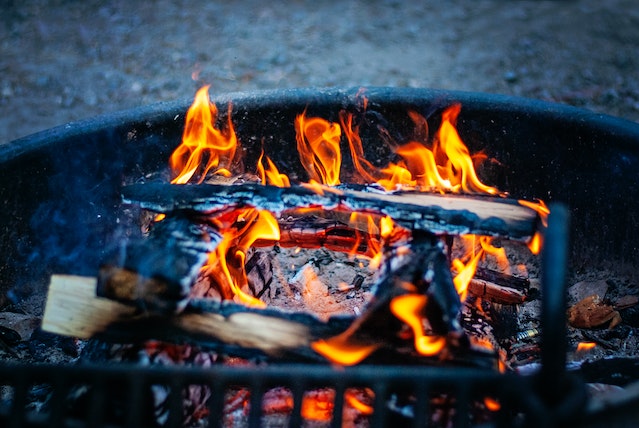
Fireplaces are a cozy addition to any home, providing warmth and ambiance during the colder months. However, like any other appliance, fireplaces can encounter problems that hinder their performance and safety. In this article, we will explore some common problems faced by fireplace owners and provide potential solutions to address them effectively.
Insufficient Draft:
One of the most common issues with fireplaces is insufficient draft, resulting in smoke entering the room instead of being carried up the chimney. This problem can occur due to various factors, including a clogged chimney, improper chimney height, or a closed damper. To resolve this issue, ensure that the chimney is clear of debris and obstructions. Additionally, check that the damper is fully open during operation and consider installing a chimney cap to prevent downdrafts.
Creosote Buildup:
Creosote is a byproduct of burning wood and can accumulate inside the chimney over time. If not addressed, excessive creosote buildup can pose a fire hazard. Signs of creosote buildup include a strong odor, black soot in the fireplace, or a dark, sticky substance on the chimney walls. Regular chimney cleaning by a professional is essential to remove creosote and maintain a safe and efficient fireplace.
Smoking Fireplace:
A smoking fireplace can be a frustrating problem, leading to discomfort and poor air quality within your home. Several factors can contribute to this issue, such as a cold chimney, an oversized or poorly designed fireplace opening, or inadequate air supply. To troubleshoot a smoking fireplace, try warming up the flue before lighting the fire, adjusting the damper for optimal airflow, or installing a smoke guard to modify the fireplace opening.
Damaged or Cracked Firebox:
The firebox is the area where the fire burns, and over time, it can suffer from wear and tear. Cracks or damage to the firebox can result in heat escaping into the surrounding walls, potentially causing structural issues or even a fire hazard. If you notice any signs of damage, such as loose bricks, cracks, or crumbling mortar, consult a professional for repair or replacement options.
Inefficient Heat Output:
If your fireplace fails to produce adequate heat, it may be due to poor insulation, improper damper positioning, or using damp or unseasoned wood. Ensure that the damper is fully open during operation, use dry and seasoned firewood, and consider installing a fireplace insert or a heat exchanger to maximize heat output and improve energy efficiency.
Poor Ventilation:
Fireplaces require proper ventilation to ensure efficient combustion and prevent the buildup of harmful gases like carbon monoxide. Insufficient ventilation can lead to a smoky, inefficient fire and can pose a health risk. Make sure that the room has enough air supply by opening a window slightly or installing air vents to promote proper airflow.
Owning a fireplace comes with its share of challenges, but with proper maintenance and troubleshooting, many common problems can be resolved. Regular inspection, cleaning, and professional servicing are crucial to ensure the safety, efficiency, and longevity of your fireplace. By understanding these common issues and their solutions, you can enjoy a cozy and trouble-free fireplace experience throughout the winter months.
